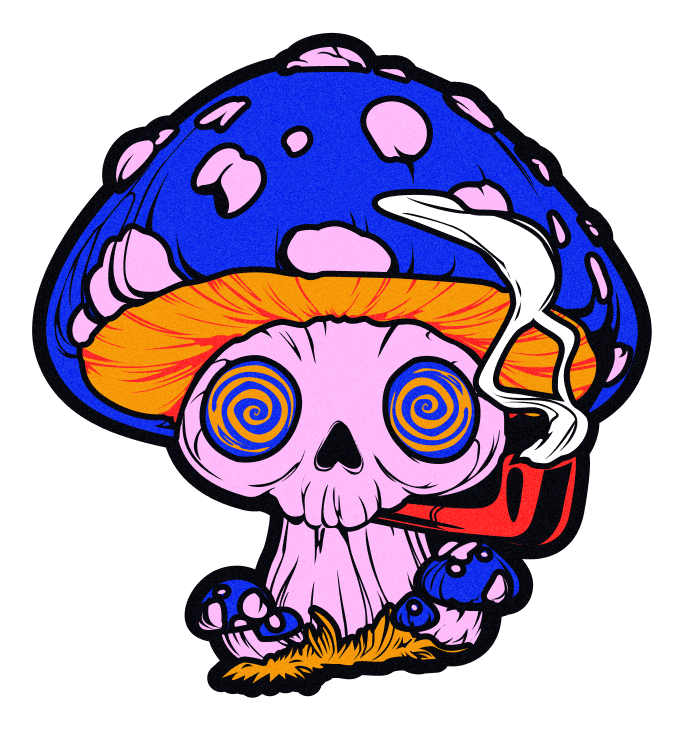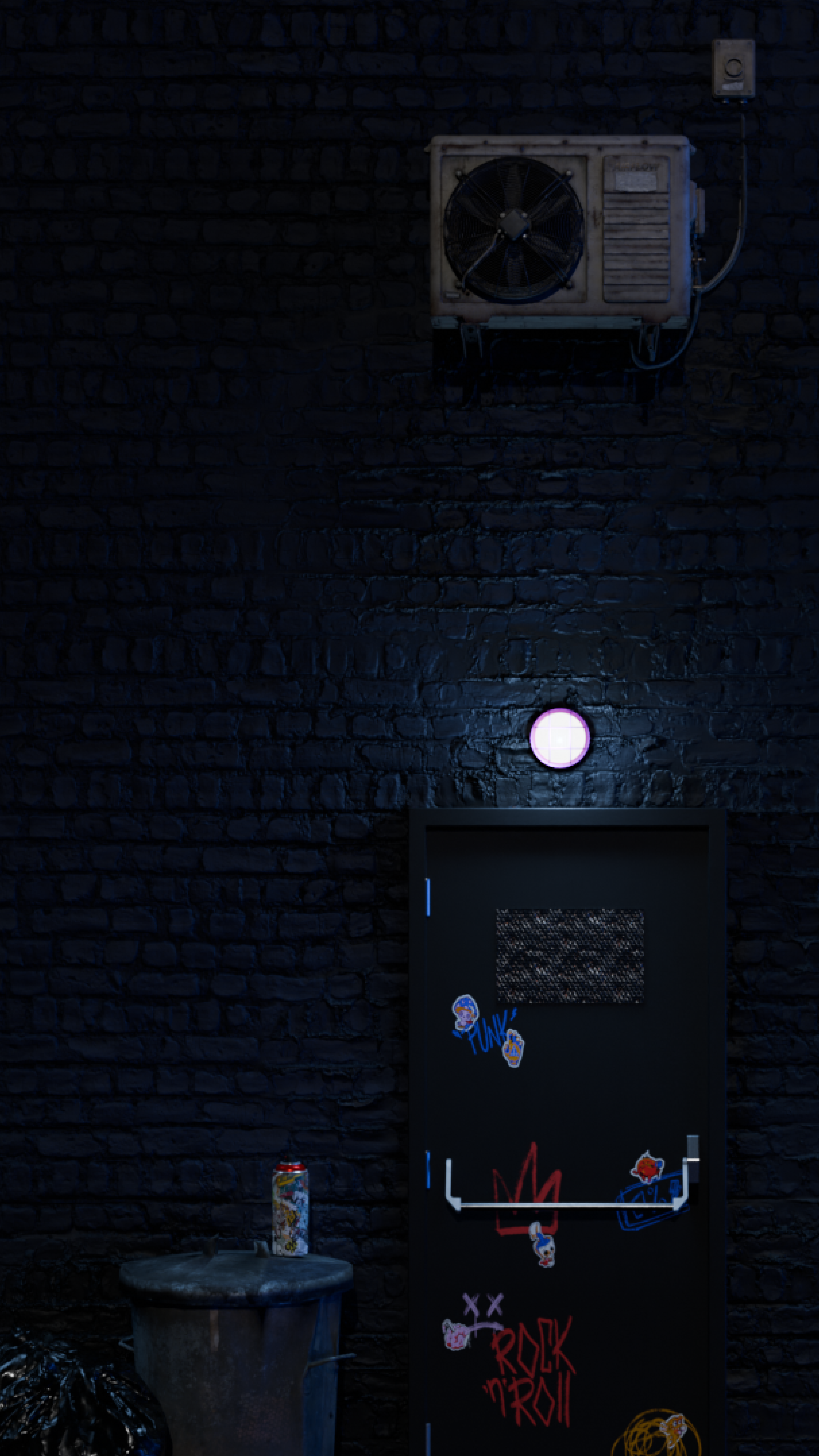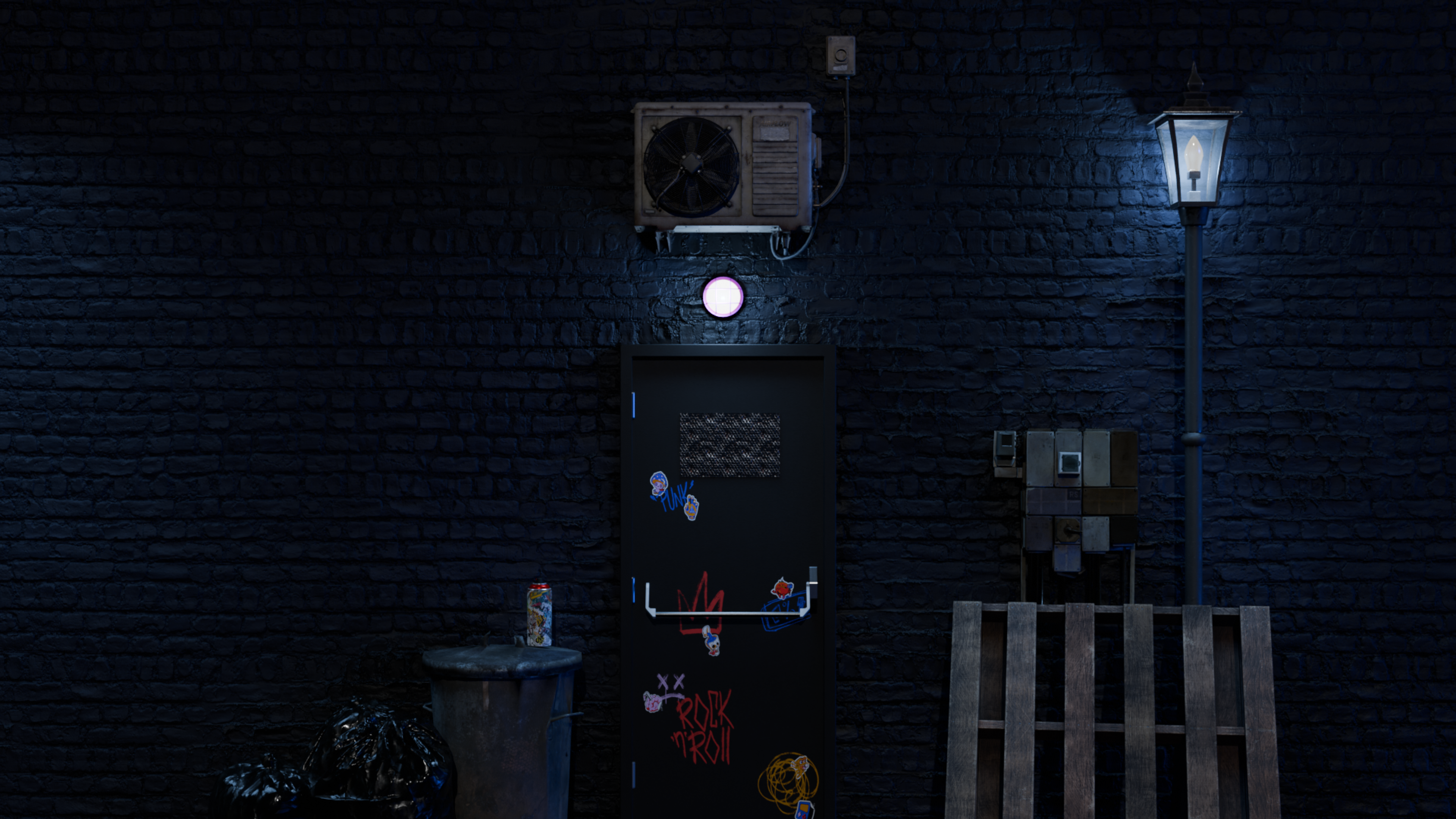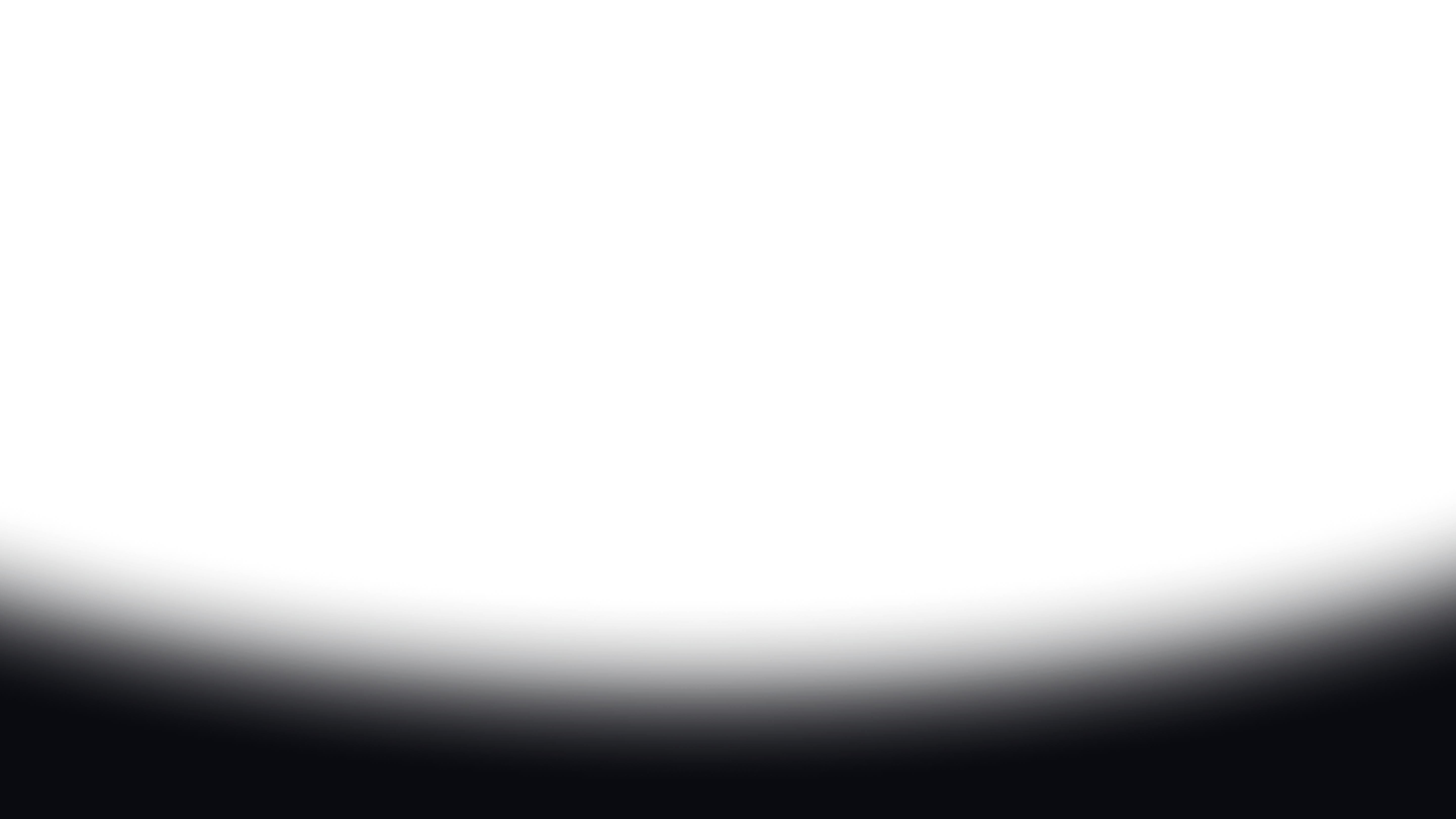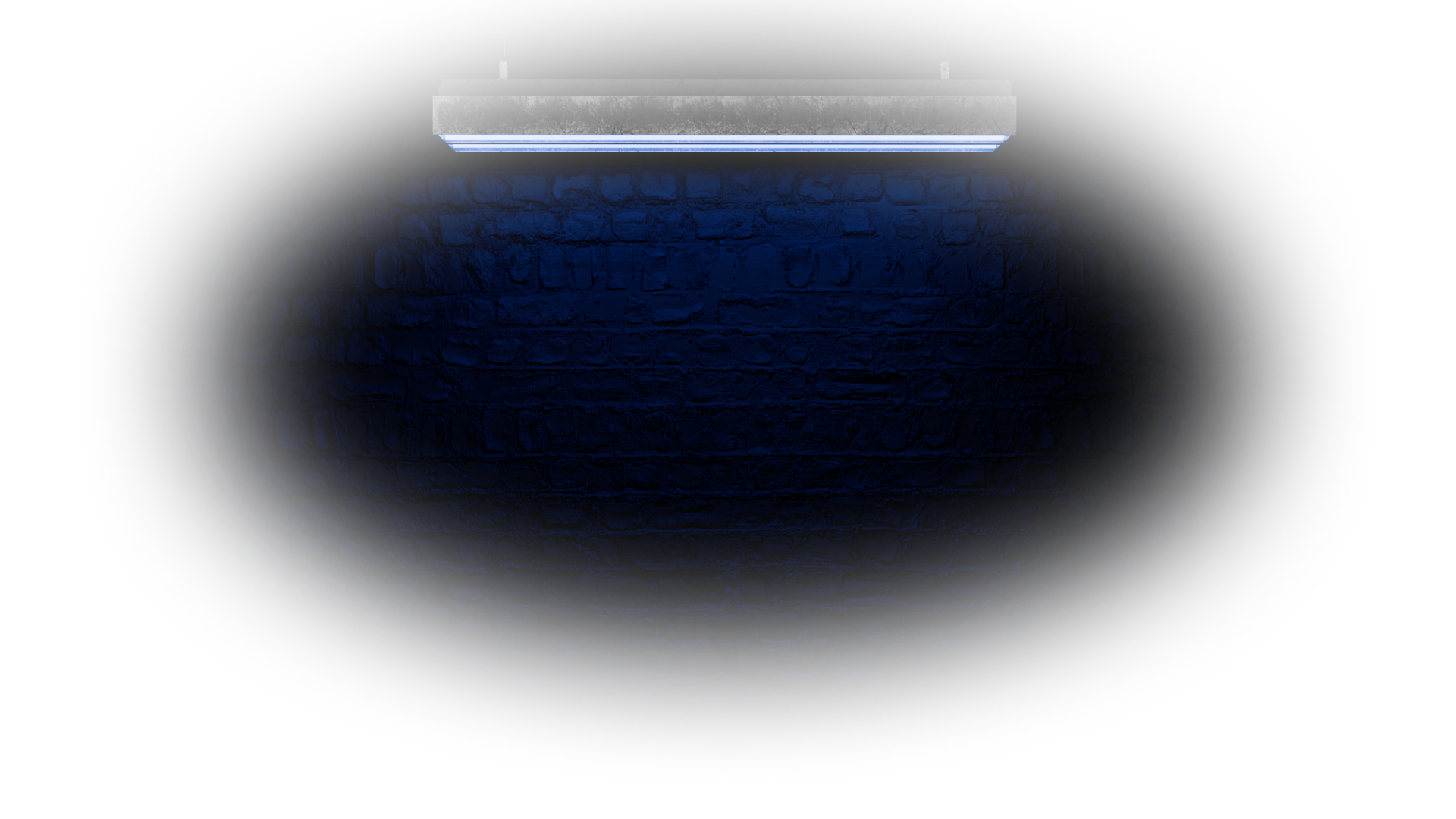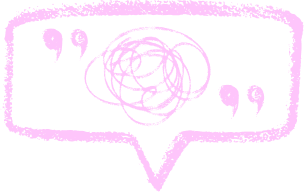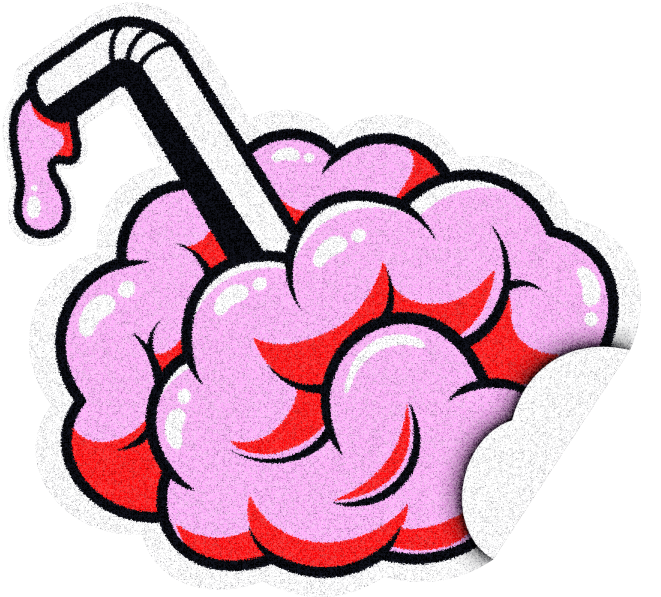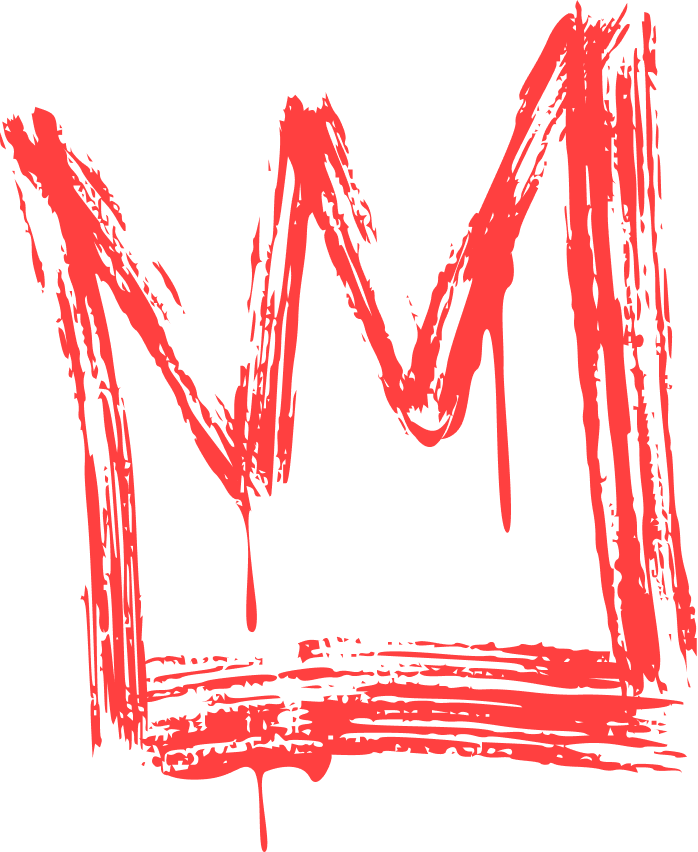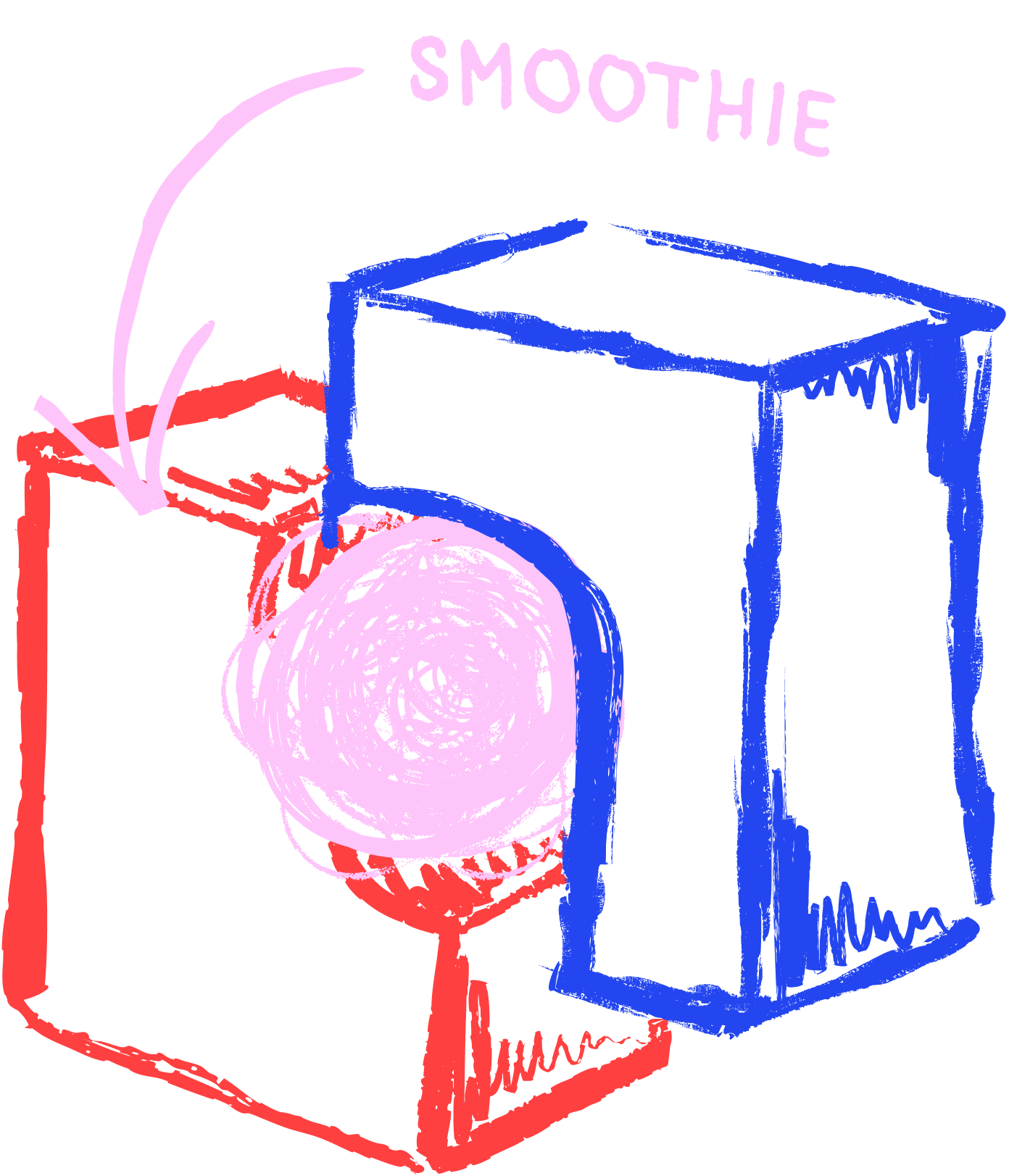So, uh, what's the plan here?
Qwirklabs is a software company building for the next wave of digital products. We craft the tools, then build the goods.
... and What's Brewing
Qwirklabs exists because we believe the people building the next wave of digital products deserve better tools than the siloed, clunky options often available. We're a compact team of tech enthusiasts who've experienced the pain of fragmented design-to-development pipelines firsthand.
That's why we're intensely focused on integrating sophisticated capabilities (like functional UI design, AI assistance, and 3D) into a single, collaborative environment. We're here to engineer solutions that empower creators, simplify complexity, and maybe make building awesome stuff a bit more fun.
The solution we're engineering is called Smoothie. Think of it as a powerful, modular toolkit designed to bring sophisticated capabilities and workflows into one accessible platform, like a game engine. But instead of forcing one giant system on you, its modular design lets you use the pieces you need. We're hard at work forging it in the lab, focused on delivering that unified power without the typical integration headaches. It's still brewing, but we're aiming to make building complex stuff feel surprisingly... smooth.
Curious about what we actually do and the tech we're building? There's a button that leads to all the juicy details.
explore our lab
